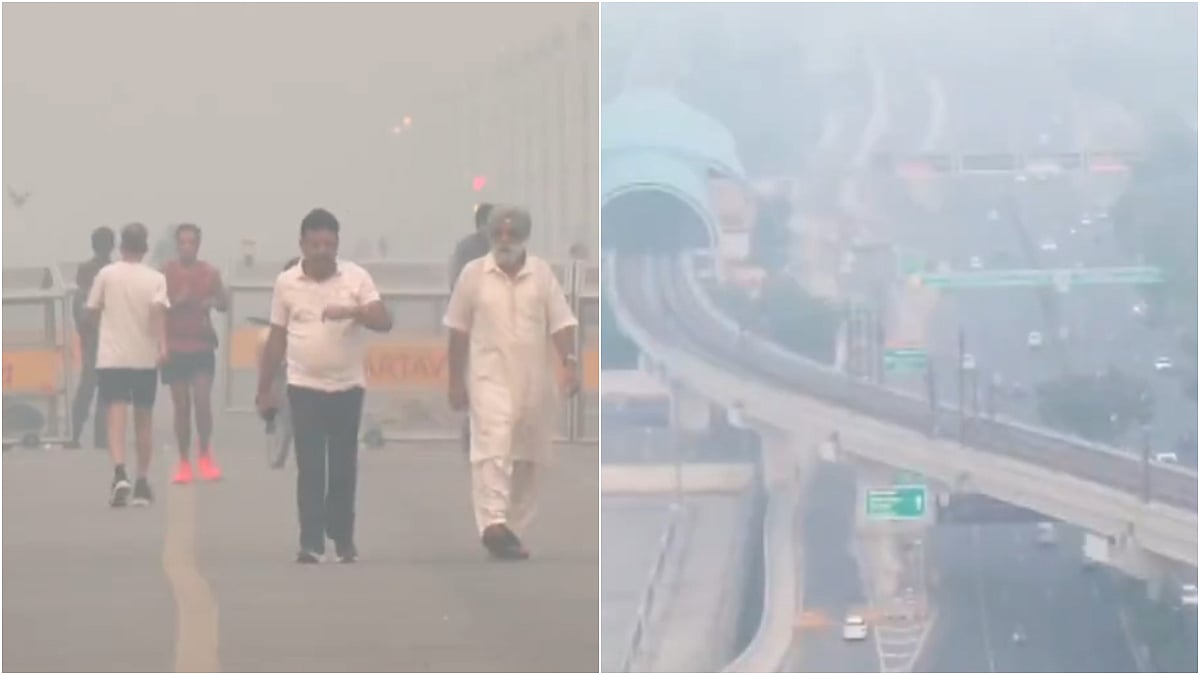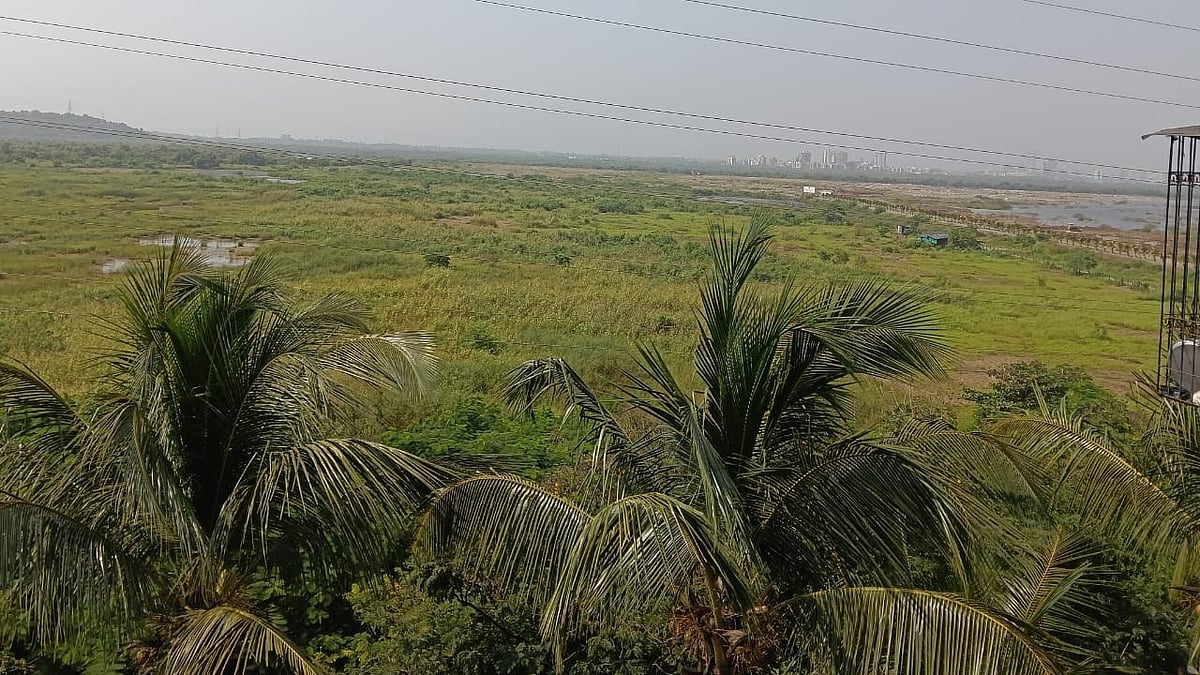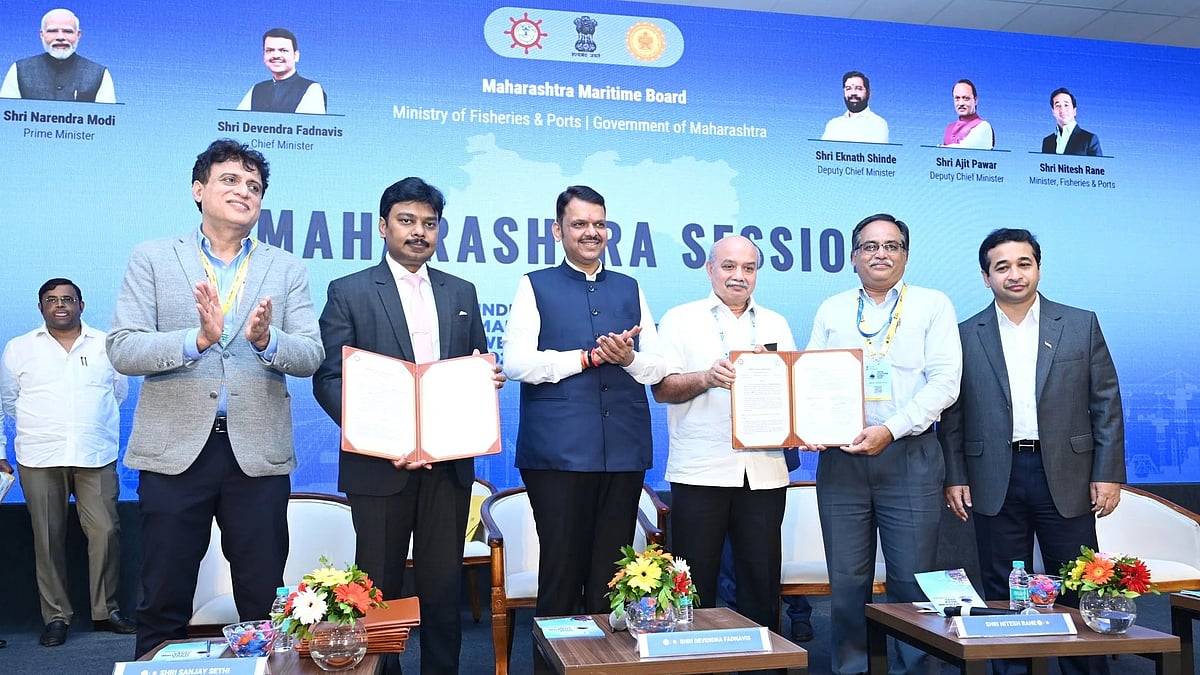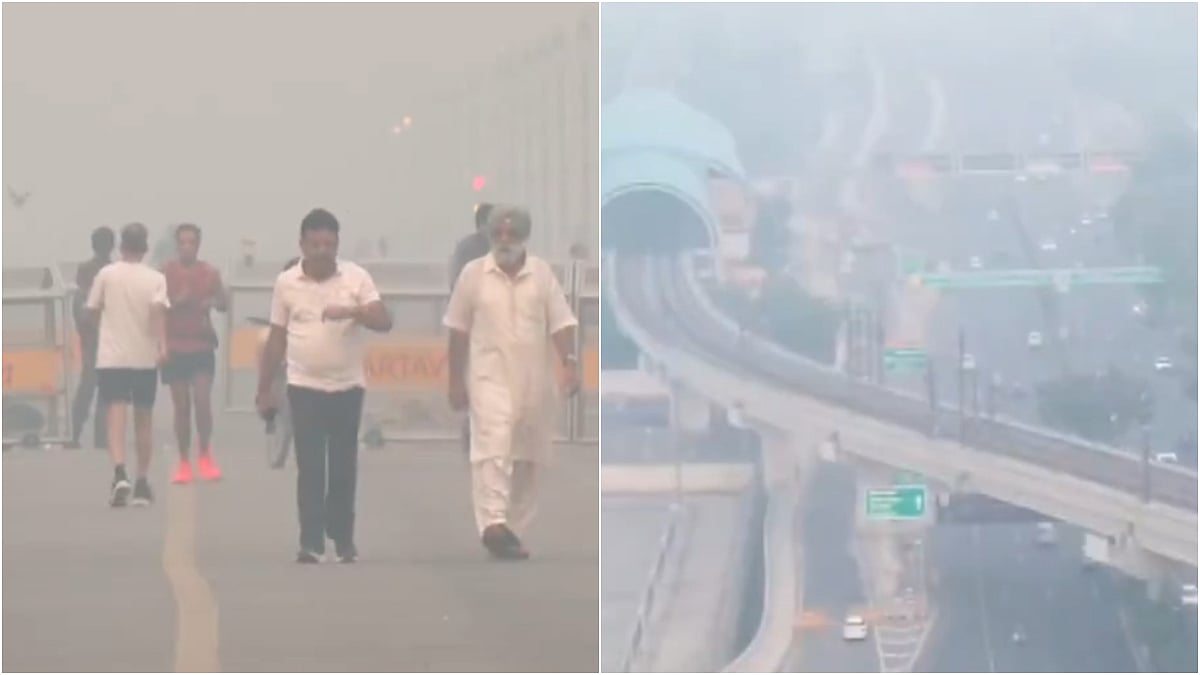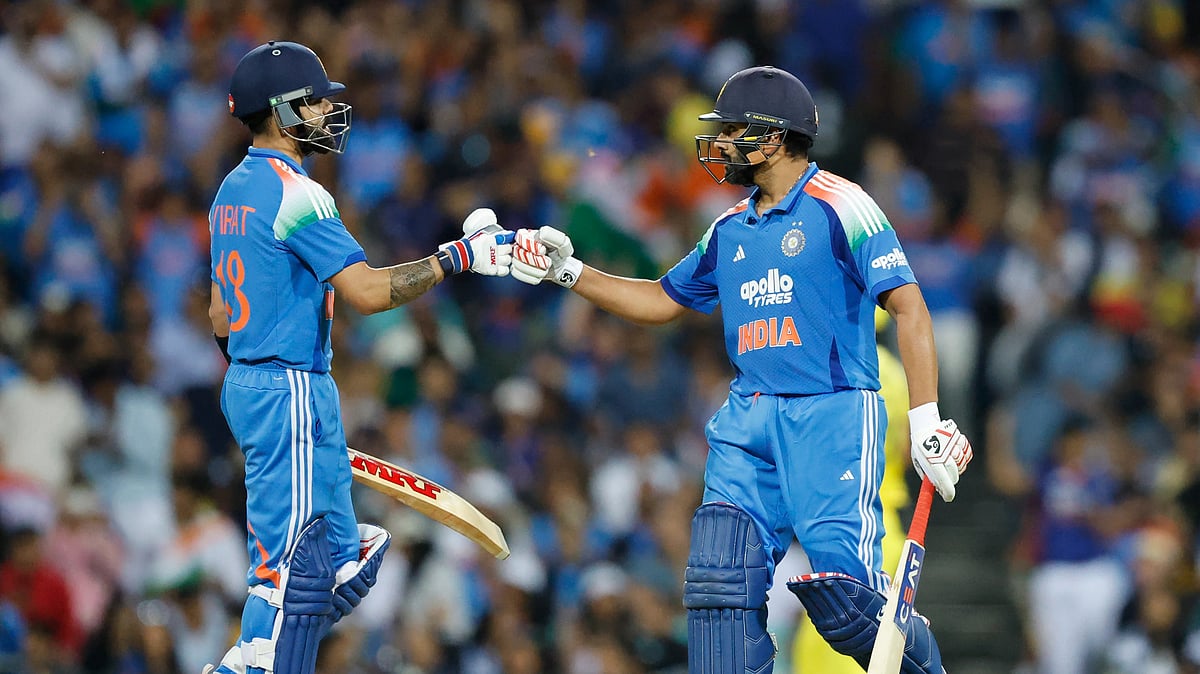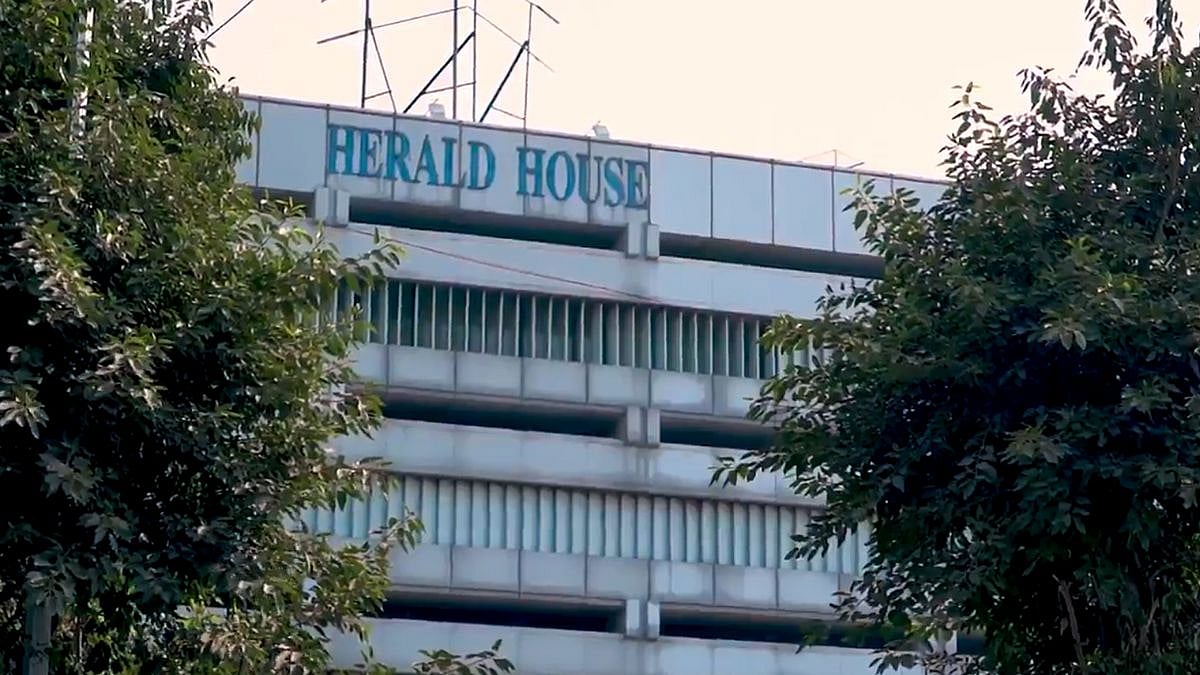Delhi’s air, suffocating under a toxic haze, betrays the fundamental right to life guaranteed under Article 21 of the Constitution. The Air Quality Index (AQI) this October soared to 547—hazardous by any measure—turning the capital into a gas chamber where every breath carries fine particulate matter deep into the lungs. PM2.5 levels hit 276 micrograms per cubic metre and PM10 reached 547, exceeding safe limits tenfold.
Hospitals report a 20 per cent surge in respiratory illnesses. Children wheeze through playgrounds turned poisonous; the elderly gasp for air that offers no respite. Between 2022 and 2024, more than 200,000 hospitalisations were linked to pollution, and 2025 is set to surpass that grim tally. Yet Delhi seems to embrace its toxicity, prioritising festivals over survival.
Why does no one care about the right to breathe? Because pollution has become a punchline in a city where blame games replace accountability.
This year’s crisis epitomises collective failure. Post-Diwali, AQI spiked to 356 by morning, with Anand Vihar and Akshardham logging over 400—“very poor” to “severe.” The World Health Organization deems anything above 50 unhealthy; Delhi’s air is 15 times that threshold.
Under Chief Minister Rekha Gupta, the so-called “three-engine” government—Delhi, the Centre and the municipal bodies, all under the Bharatiya Janata Party—should have delivered coordinated action. Instead, Diwali became a debacle.
Despite Supreme Court orders permitting only certified green crackers between October 18 and 20, enforcement was nonexistent. Fireworks blazed past midnight, pushing PM2.5 levels to 488 micrograms per cubic metre—triple pre-festival levels. Over 4,600 kg of illegal fireworks were seized in raids, yet smuggled, barium-laced crackers—banned for their toxicity—lit up the skies. Cultural sentiment became a smokescreen for inaction; without raids on stockpiles or strict border checks, the green campaign turned to greenwashing.
Delhi’s pollution saga thrives on toxic blame and misplaced priorities. The current regime deflects responsibility to neighbouring states while ignoring its own dust-laden roads and diesel buses. The previous government was no better, using pollution as political ammunition.
For years, headline-grabbing gimmicks like odd-even vehicle rationing failed without infrastructure. Stubble burning in Punjab was scapegoated, though Delhi’s own vehicles and industries contribute 40 per cent of the pollutants. No serious push for electric buses or dust control followed—just photo-ops in the smog. Politics has poisoned Delhi’s air more effectively than the particles themselves.
The judiciary too shares blame—not for intent, but for overreach without enforcement. The Supreme Court’s 2018 Arjun Gopal verdict introduced “green crackers” to balance festivity and ecology, mandating certification and QR codes for traceability. By April 2025, it imposed a year-round ban on all fireworks, then allowed limited green cracker use this October with strict timelines. Yet enforcement collapsed: patrols were missing, e-commerce sales dodged bans, and smuggled fireworks mislabelled as “green” flooded markets.
Studies from Delhi Technological University show even “green” variants release ultrafine particles that penetrate lung barriers. The Court directed continuous monitoring by the Central Pollution Control Board, but with fines uncollected and violations ignored, judicial action turned symbolic. Delhi cannot afford even green crackers—it’s like eating ice cream during a fever.
Crackers merely compound existing sins: vehicular exhaust, industrial emissions, and construction debris form a baseline poison. In Delhi’s fevered state, any addition is lethal.
Meanwhile, the root issue—stubble burning in Punjab and Haryana, which contributes up to 40 per cent of winter smog—remains unresolved. Punjab’s government arrests small farmers tilling a hectare but spares influential landowners. From 77,000 fire incidents in peak years, the count fell to 10,000, yet 415 fires erupted between mid-September and Diwali 2025. Why no subsidies for balers or super-seeders to mulch residue? Fear of alienating farmer unions—a political third rail.
Successive governments, including Congress, dodged this for the same reason: electoral survival over environmental sanity. The current regime follows suit—41 FIRs filed, but no systemic reform. Solutions like bio-enzymes for residue or crop diversification incentives exist, but politics prefers paralysis.
This cycle of irresponsibility—state governments evading, the Commission for Air Quality Management issuing toothless GRAP stages, courts mandating without monitoring, and the Centre standing aloof—extracts a brutal toll. Delhi and the NCR lose more than clean air; they forfeit the right to breathe. Over two million children suffer stunted lung growth each year; cancer clusters now form in the haze. It’s not just air—it’s dignity stripped and futures choked.
Real solutions demand courage over calculus. If green crackers must exist, they need fortress-like oversight: licensing verified by NEERI and PESO, real-time QR tracking, and relentless raids on illegal factories. The Supreme Court should convene an interstate task force—uniting Punjab, Haryana, Uttar Pradesh and Delhi—to enforce production quotas, cross-border patrols and zero-cracker zones in high-AQI districts.
The Centre, aided by IITs and CSIR labs, must fund studies to verify emission claims and model wind patterns and health costs. Punjab must subsidise alternatives to stubble burning, targeting union enablers, not just smallholders. Delhi needs 10,000 electric buses now, not later. The “three-engine” government must rev up for clean air—or rust in irrelevance.
The right to breathe isn’t negotiable—it’s fundamental. Until leaders treat it as such, the smog will persist—a collective apathy choking the capital. Delhi’s citizens must rise to clear the air, for the haze will not lift itself.
(Sayantan Ghosh teaches journalism at St. Xavier’s College (Autonomous), Kolkata, and is the author of The Aam Aadmi Party: The Untold Story of a Political Uprising and Its Undoing*. He is on X as @sayantan_gh.)
